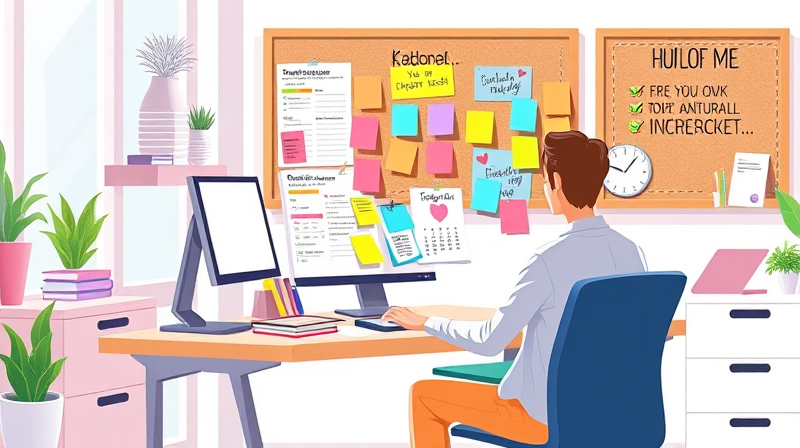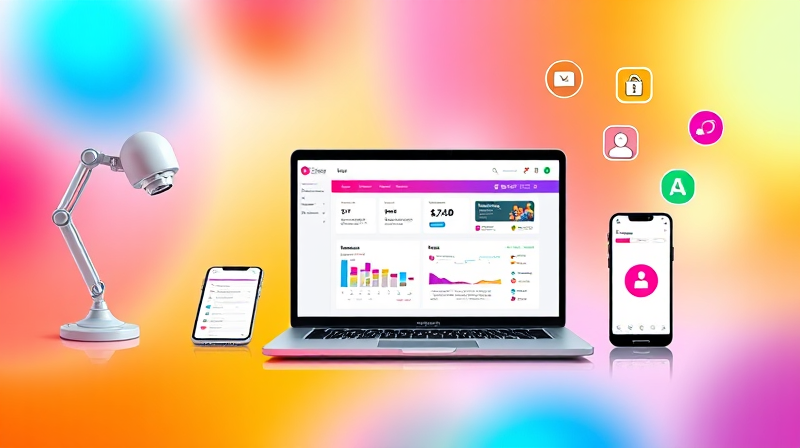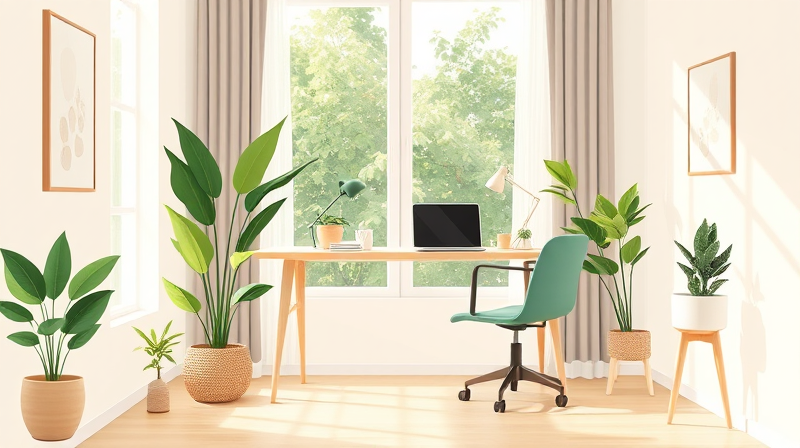Modern life can often feel overwhelming, leaving many of us battling with stress and anxiety on a regular basis. Fortunately, there are many powerful and accessible ways to regain control and restore our inner calm. In this guide, we explore several techniques and methods designed to help you cope with the pressures of daily life. By embracing these practices consistently, you can build a resilient toolkit for managing stress.
This article presents various strategies, backed by recent research and expert recommendations, to help you develop a balanced lifestyle. Remember that the journey to well-being is personal, and every step you take counts.
Deep Breathing Exercises
Deep breathing is one of the simplest yet most transformative calming practices. When executed correctly, it can pause the cycle of stress and help center your thoughts.
- Find a comfortable position and close your eyes to eliminate distractions.
- Exhale and allow your shoulders to drop, creating immediate physical relief.
- Breathe in slowly through your nose, filling your lungs and gently expanding your belly.
- Breathe out slowly, focusing on releasing any tensions built up within your body.
- Repeat this process for several breaths, ensuring that you pay full attention to the rhythm of your breathing.
These steps serve not only to calm your body but also to refocus your mind toward a state of inner peace.
Progressive Muscle Relaxation
Another effective way to combat stress is through progressive muscle relaxation. This method helps you become more aware of physical tension and teaches you how to systematically release it.
- Begin by tensing the muscles in your lower legs.
- Inhale deeply while holding the tension for 5-10 seconds. This moment of focus is critical for building awareness of stress responses.
- Exhale and suddenly release the tension, noticing the sensation of relaxation.
- Allow your muscles to relax completely for at least 10 seconds before moving on.
- Work your way gradually through your body, moving from your lower legs to the upper body.
This gradual process not only mitigates immediate stress but also offers long-term benefits in recognizing and managing body tension.
Mindfulness Meditation
Mindfulness meditation is a practice that teaches you to live in the present moment, which can significantly reduce anxious thoughts and stress levels.
- Find a quiet and comfortable seat.
- Focus on your breathing and allow the thoughts to come and go without judgment.
- If your mind wanders, gently bring your focus back to the sensation of breathing.
- Start with short sessions of about 5 minutes and gradually extend them as your comfort increases.
Many beginners find guided meditations or meditation apps particularly helpful to ensure consistency and technique.
Journaling
Journaling is a powerful method for unlocking emotions and finding personal insights. This simple practice of writing down your thoughts can drastically reduce stress.
- Dedicate 10-15 uninterrupted minutes each day for journaling.
- Allow yourself to write freely, without fear of judgment or the need for perfection.
- Reflect on recurrent themes and questions that arise from your writing, as this can point the way toward valuable self-discovery.
- Use writing prompts if you find it challenging to initiate the process.
Consistent journaling nurtures self-awareness and provides a constructive outlet for emotional release.
Physical Activity and a Healthy Lifestyle
Engaging in regular physical activity and maintaining healthy lifestyle habits are crucial for reducing anxiety. They not only improve physical health but also significantly impact mental well-being.
- Exercise daily for at least 30 minutes. Whether it’s walking, dancing, or cycling, choose something enjoyable to keep you motivated.
- Adopt nutritional practices such as consuming a balanced diet rich in fruits, vegetables, and whole grains.
- Ensure you get 7-9 hours of quality sleep each night, as it is vital for stress management.
- Limit substances like caffeine, alcohol, and processed foods to allow your body to function at its best.
These small lifestyle adjustments are powerful tools for long-term stress management and overall wellness.
Social Connection and Time Management
Human connection is essential. Invest time in nurturing positive relationships and managing your schedule effectively.
- Spend quality time with friends and family, and consider joining groups or clubs that align with your interests.
- Practice active listening and empathy during your interactions.
- Use a structured approach to time management, like creating to-do lists and scheduling regular breaks.
- Understand that saying no to additional commitments is sometimes necessary to preserve your mental space.
Balancing your social and personal responsibilities can create a more harmonious daily routine and considerably reduce stress.
Cognitive Reframing and Professional Support
Cognitive reframing is a technique that involves challenging and changing negative thought patterns. By questioning the validity of harsh self-judgments and negative inner dialogue, you begin to see situations in a new, more positive light.
- Identify moments when negative self-talk arises.
- Question the evidence behind these thoughts and consider alternative perspectives.
- Practice self-compassion and be kind to yourself, especially during challenging periods.
Additionally, if you find these techniques insufficient, do not hesitate to seek professional support. Consulting with a healthcare provider or therapist can provide tailored strategies and, if necessary, treatment options like cognitive behavioral therapy (CBT).
Remember, lasting change is a process that takes time and practice. With effort and perseverance, you can cultivate a resilient and peaceful inner world. Every small step makes a big difference, and every technique adopted adds a new layer of support to your personal stress-management toolkit.
Embrace these methods with an open heart and be patient with yourself. The journey toward greater calm and balance is as important as the destination.







